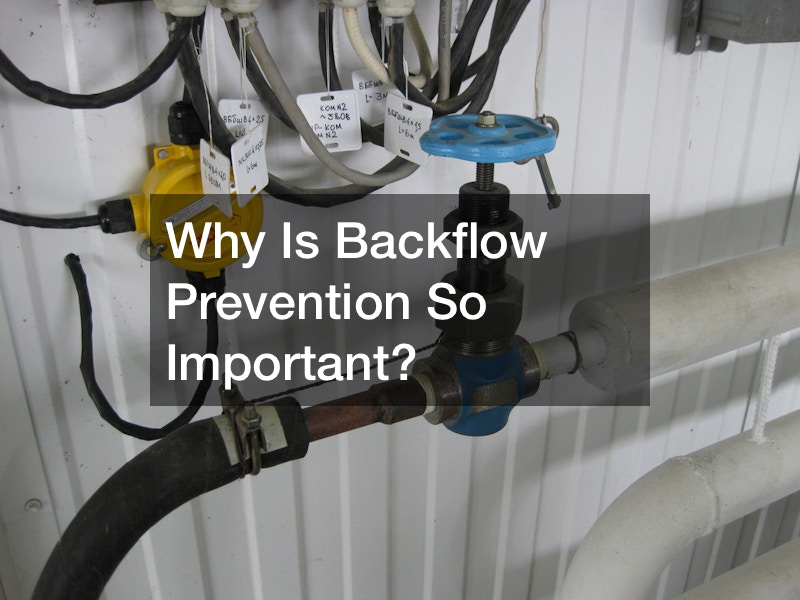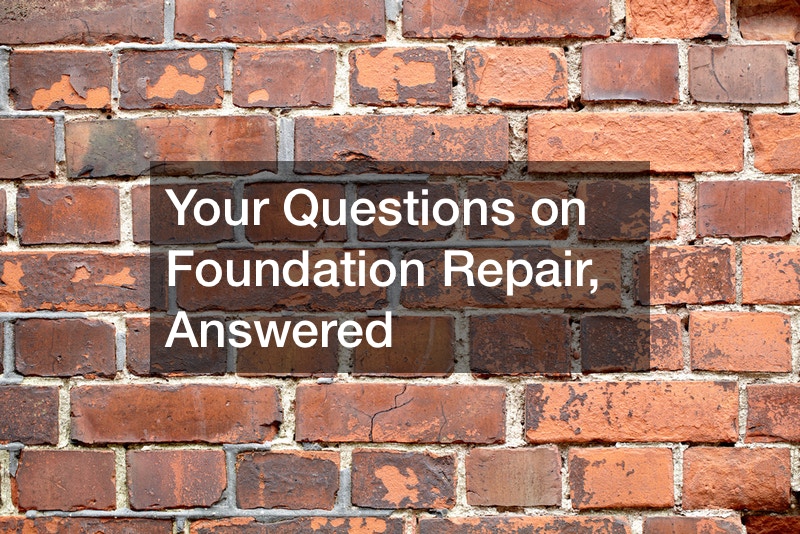
Backflow testing and prevention are a critical aspect of plumbing systems that helps safeguard the quality and safety of our drinking water. Backflow occurs when the water flow in a plumbing system reverses, potentially causing contaminated water to flow back into the main water supply.
It can happen due to a sudden drop in water pressure or a back-siphonage effect. Backflow prevention devices, such as check valves and backflow preventer assemblies, help prevent this cross-contamination by ensuring that water flows in one direction only.
Backflow incidents can introduce harmful substances, such as chemicals, bacteria, or other contaminants, into the public water supply and pose serious health risks if consumed. Backflow prevention devices act as a barrier, preventing the backward flow of contaminated water and protecting the health and safety of consumers.
Many local and state plumbing codes require the installation of backflow prevention devices in specific situations, such as in commercial buildings, industrial facilities, and irrigation systems. By adhering to these regulations and installing appropriate backflow prevention measures, property owners and operators can ensure compliance.
Backflow prevention plays a role in conserving water resources. When backflow incidents occur, water that has already been treated and deemed safe for consumption can be wasted or contaminated.
In conclusion, by implementing proper backflow prevention measures, regularly performing backflow testing, and maintaining backflow prevention devices, you can mitigate the risks associated with cross-contamination and help ensure a safe and reliable water system for everyone.
.





